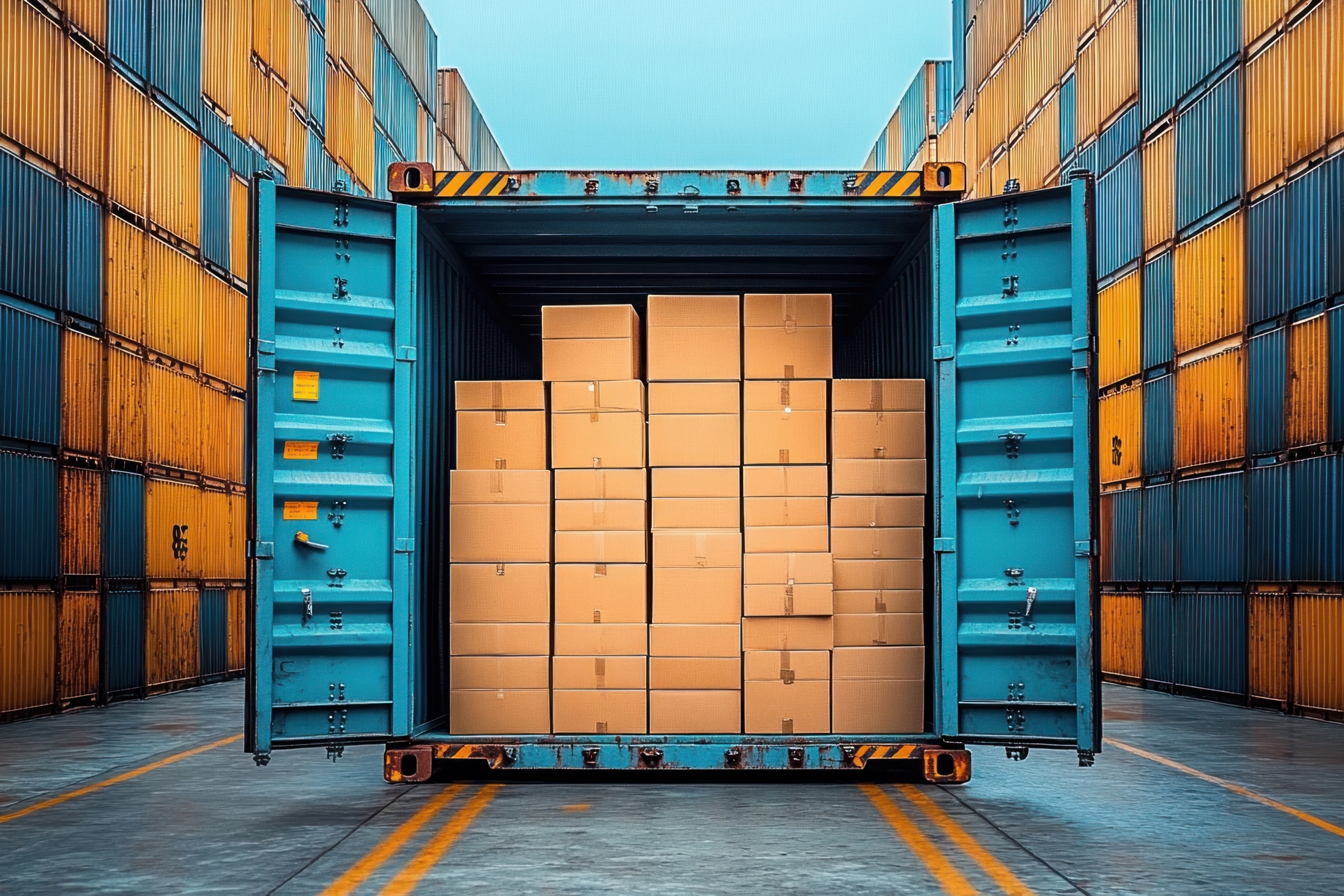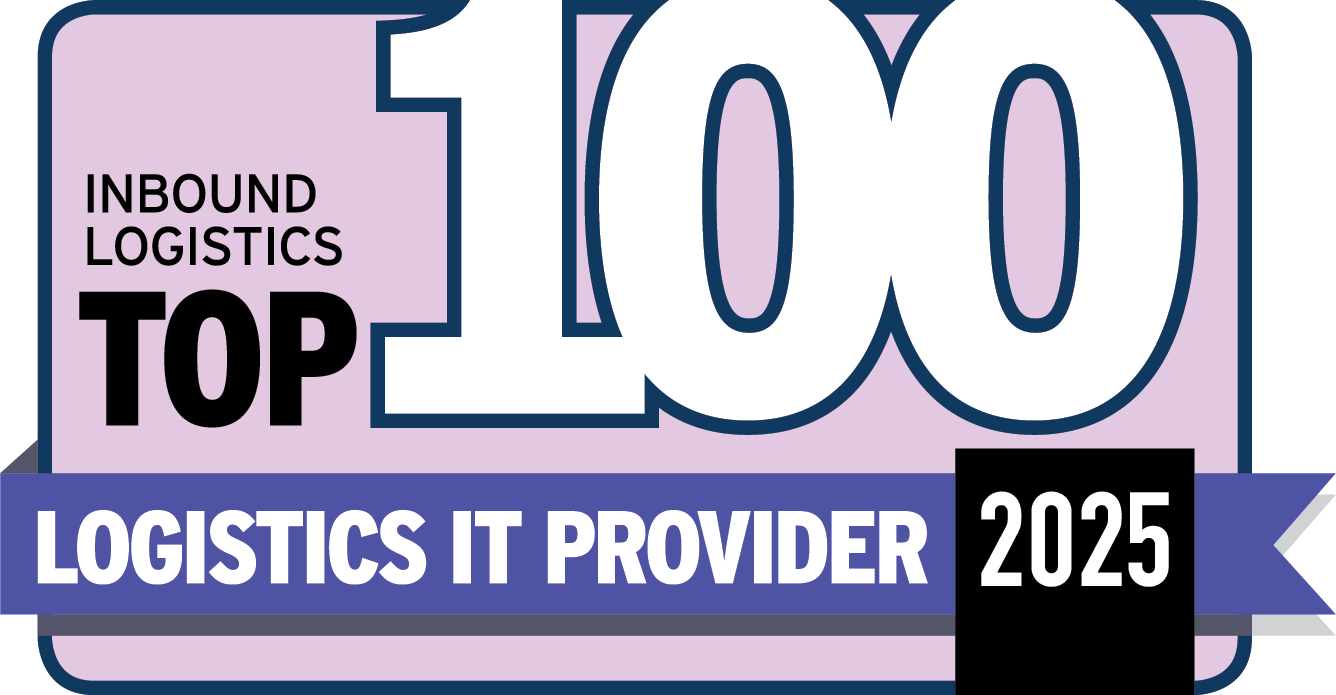I loved visiting my grandmother’s perfectly organized home when I was young. Everything had a place, and everything was in its place. From drawers to closets to storage spaces, she had mastered the art of making every inch count—a true expert in space optimization before the term existed.
In logistics, the same principle applies, only the “drawers” are shipping containers, and the cost of wasted space is measured in dollars, not dust. Every inch of a container matters, and every inefficient load means paying to ship air. Container optimization solves this inefficiency.
Container optimization is the process of maximizing available space in shipping containers while balancing weight distribution, product protection, and compliance with carrier or regulatory limits. It’s a key part of broader supply chain optimization, helping companies reduce costs, cut emissions, and improve on-time performance. For modern logistics operations handling thousands—or millions—of shipments each year, even a small improvement in container use can translate to significant savings and a measurable sustainability impact.
Thinking inside the box: Strategies for smarter container optimization
On the surface, container optimization fits more products into a box or container. Dive a little deeper and it’s about using data and technology to move goods more efficiently across the world. The most advanced logistics teams don’t just think outside the box. They think inside it. Like this:
1. Use advanced container shipping software
Modern container shipping software takes the guesswork out of planning. Instead of manually arranging loads, logistics managers can use algorithms to calculate the best fit for every shipment based on weight, volume, fragility, and even stacking order. The result? Better use of space, faster loading, and fewer damaged goods.
2. Make data-driven decisions
Every shipment creates valuable data. Companies that analyze it gain insights into lane performance, carrier reliability, and average fill rates. With that information, they can forecast demand, adjust routing strategies, and make smarter loading decisions that cut waste and cost.
3. Build collaboration into the process
Optimization doesn’t happen in isolation. When warehouse teams, carriers, and freight partners share visibility, they can plan more effectively. A single digital view of loads and routes allows for proactive adjustments that reduce idle time, minimize empty space, and improve delivery speed.
The role of technology in container optimization
A decade ago, container optimization depended largely on experience, with seasoned planners who could look at a manifest and mentally map out a load plan. Today, technology has turned that intuition into precision. Artificial intelligence, automation, and connected systems make it possible to plan and monitor every inch of space in real time.
The right tools make optimization both faster and smarter. Advanced container shipping software models thousands of load configurations in seconds, balancing efficiency, safety, and compliance. That same technology extends far beyond the warehouse floor.
Modern logistics teams are transforming container optimization through technology and innovation:
Automated packing solutions: AI algorithms eliminate guesswork by simulating the best load plans for shape, size, and weight distribution.
Holistic container visibility: From warehouse to port, real-time tracking ensures every container’s status is known.
Consistent, multi-source data: Integrated feeds from carriers, ports, and sensors provide reliable insight across regions.
Geo-fencing and real-time alerts: Automated updates trigger as containers enter or leave ports and terminals.
Seamless ERP and TMS integration: Optimization tools now connect directly to enterprise systems for unified visibility.
Port performance insights: Analytics highlight bottlenecks and reveal faster, more reliable routes.
Strategic routing decisions: AI compares maritime and intermodal paths to reduce time, cost, and carbon impact.
Together, these capabilities give logistics leaders something they’ve always wanted but rarely had—clarity. With global shipment coverage approaching 99%, teams can see what’s happening in every container, across every route, at any moment. That visibility turns container optimization from a planning exercise into a competitive advantage.
The benefits of container optimization
When space is used wisely, like all the drawers and cupboards in my grandmother’s house, efficiency follows. Container optimization transforms how logistics networks operate. Every perfectly packed container represents fewer trips, lower costs, and a smaller environmental footprint.
Reduced shipping costs are often the first win. By maximizing each container’s capacity, shippers can send fewer loads overall. That means less fuel, fewer handling fees, and smaller storage bills. Multiply that by thousands of shipments, and the savings add up quickly.
Enhanced supply chain efficiency is another major advantage. A well-optimized container fits more and flows better. Improved load plans lead to smoother transfers between ports, faster customs clearance, and fewer manual adjustments at every stage of the journey.
Lower carbon footprint is a natural byproduct of smarter shipping. When fewer containers are needed, emissions drop across every mode of transport. Right-sized cartons and pallets further reduce waste and packaging materials, making optimization one of the simplest ways to advance sustainability goals without major operational changes.
Maximized team efficiency ensures that logistics managers and warehouse operators can focus on strategy instead of manual guesswork. Automated load planning eliminates repetitive tasks and trial-and-error calculations, freeing teams to concentrate on what matters most: keeping goods moving, customers satisfied, and operations running smoothly.
In short, container optimization creates a ripple effect that reduces cost, moves goods faster, makes customers happier, and makes the planet greener through smarter use of space.
Why choose MagicLogic for container optimization
In shipping, even small inefficiencies can multiply into major costs. That’s why leading logistics teams rely on solutions that make every inch of space and every second of time count. MagicLogic helps businesses do that through smarter technology, real-time insights, and customizable tools designed to optimize containers from the warehouse floor to the final destination.
With intelligent load planning, EasyPost’s platform transforms complex logistics data into clear, actionable intelligence. Teams can simulate, plan, and adjust shipments on the fly, reducing waste, improving accuracy, and maximizing performance across every mode of transport.
MagicLogic also offers flexible integrations that fit within your existing systems. Whether you’re connecting to a WMS, ERP, or TMS, the platform delivers seamless connectivity, ensuring that optimization doesn’t happen in isolation but as part of your entire shipping strategy.
When space is used wisely, like all the drawers and cupboards in my grandmother’s house, efficiency follows. The same principle applies to logistics, only now, optimization happens at global scale. With MagicLogic, you can think inside the box and discover just how much efficiency was hiding there all along.



